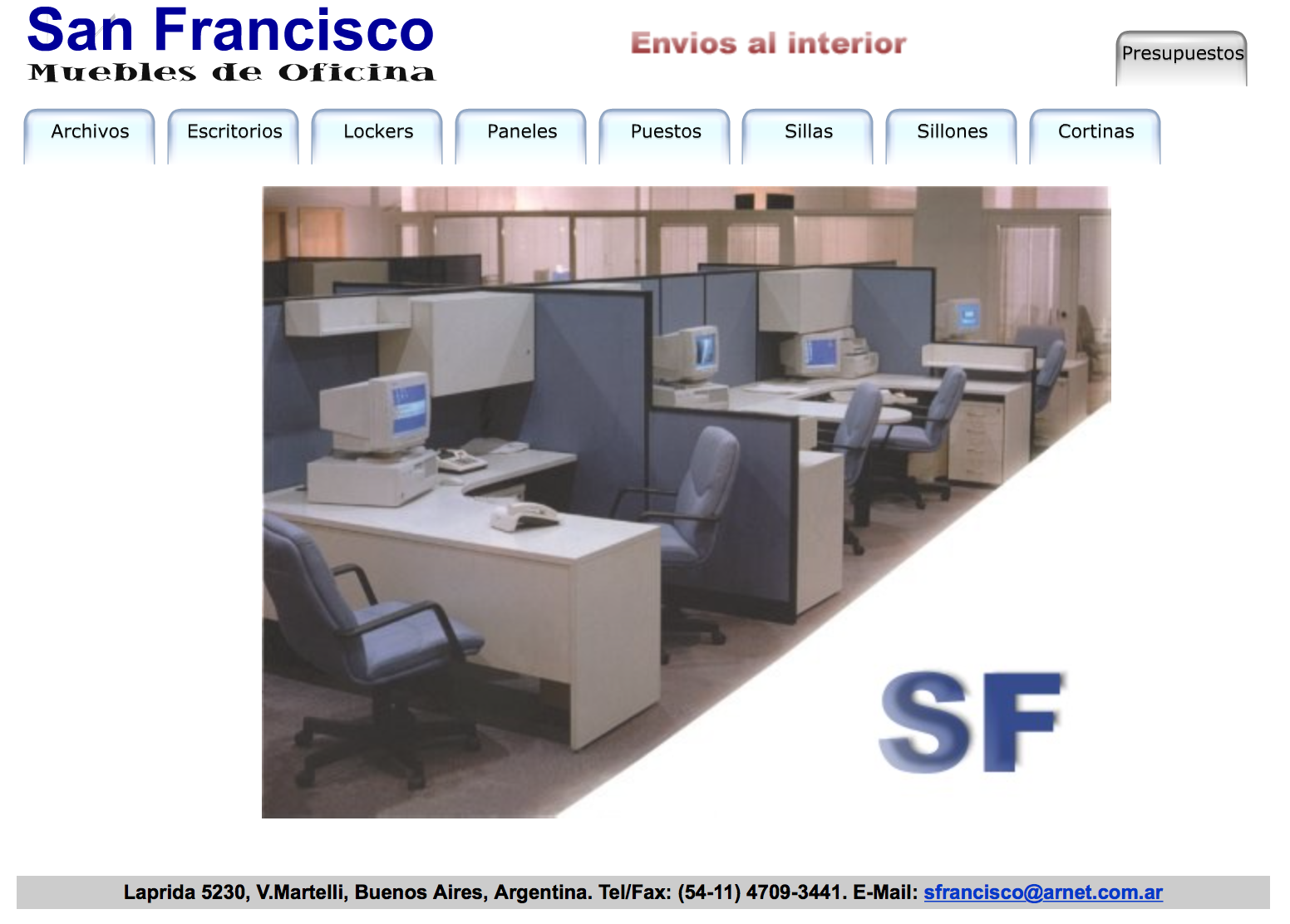Today, we’ll briefly detail how to setup a Twilio VoIP number in a way that it’ll allow us to:
– Receive SMS’s via Email
– Send SMS’s via CLI
– Receive Voice Calls via Landline, and if nobody picks up, fallback to Softphone
– Make Voice Calls via Softphone
Before we begin, you’ll need to:
1. Signup!
2. Register a Number!
3. Create a SIP Domain
4. Add a User under the SIP Domains > Credential Lists
5. Setup this “SMS to Email” PHP script”, in your favorite EC2 box
Once ready, let’s open the Developer Center, and opening the TwiML bins. Once there, add the following TwiML’s:
Name: Incoming Voice to Softphone:
<!--?xml version="1.0" encoding="UTF-8"?-->
USER@SIP-DOMAIN.sip.us1.twilio.com
Name: Incoming Voice to Landline:
<!--?xml version="1.0" encoding="UTF-8"?-->
Please, hold on the line while i put you through.
YOUR-LANDLINE-NUMBER
Name: Incoming SIP to Destination:
<!--?xml version="1.0" encoding="UTF-8"?-->
{{#e164}}{{To}}{{/e164}}
Name: Incoming SMS to Email:
<!--?xml version="1.0" encoding="UTF-8"?-->
URL-MAPPED-TO-YOUR-SEND-MAIL-SCRIPT
Once ready, open Phone Numbers > Manage Numbers > Active Numbers and map everything as follows:
– A call comes in: Incoming voice to Landline TwiML
– A message comes in: Incoming SMS to email Script’s URL
Finally, we need to map the “Incoming Voice to Softphone” TwiML, as follows:
– Open Programmable Voice
– Open SIP Domains and click over your domain
– Set the “Incoming Voice to Softphone” TwiML URL in the Voice Configuration > Request URL field
That should be it, pretty much. As per Soft Phones available for macOS, the most common one is X-Lite, which offers a free version (and it’s also available for iOS).
Hope that helps!
—
P.s.: With the following snippet, placed in you ~/.profile, you should be also able to send SMS’s via CLI:
function sms() {
curl -X POST 'https://api.twilio.com/2010-04-01/Accounts/ACCOUNT-KEY/Messages.json' \
--data-urlencode "To=${@:1:1}" \
--data-urlencode "From=YOUR-TWILIO-PHONE" \
--data-urlencode "Body=${@:2:1}" \
-u USER-KEY:USER-SECRET
}

